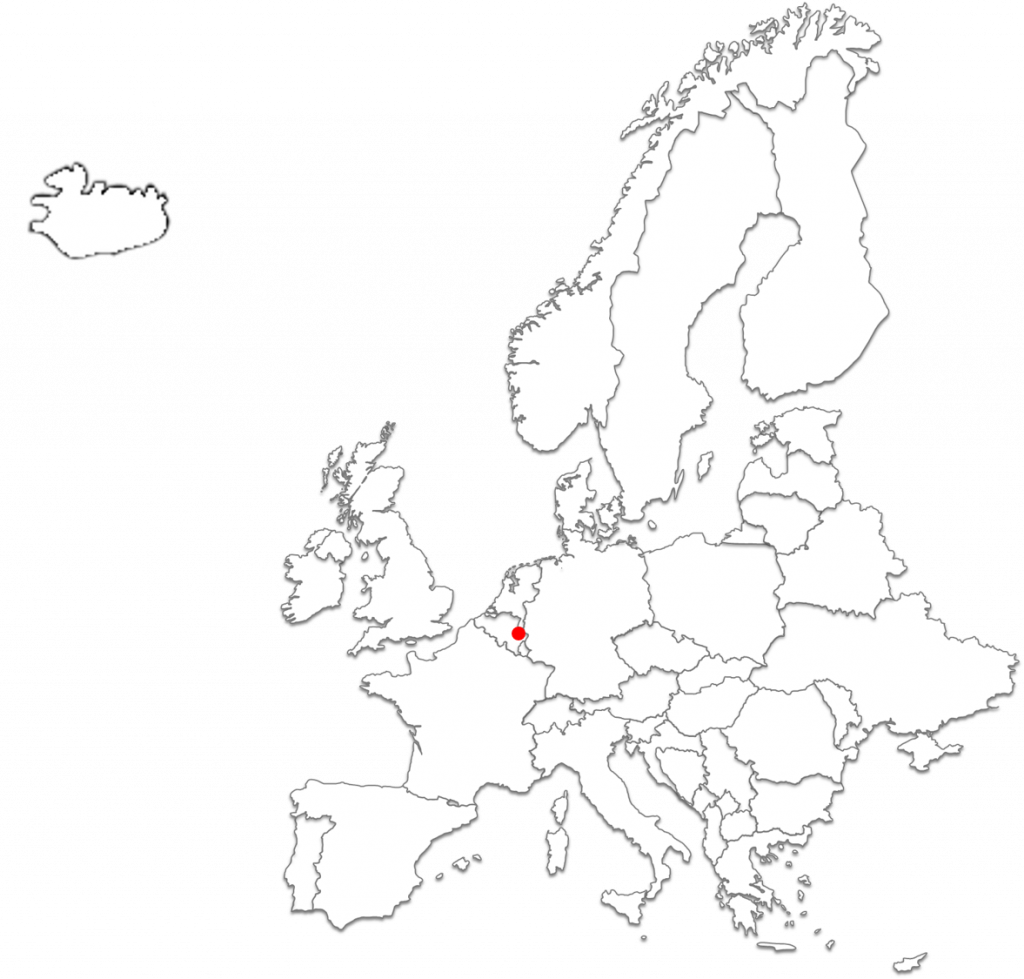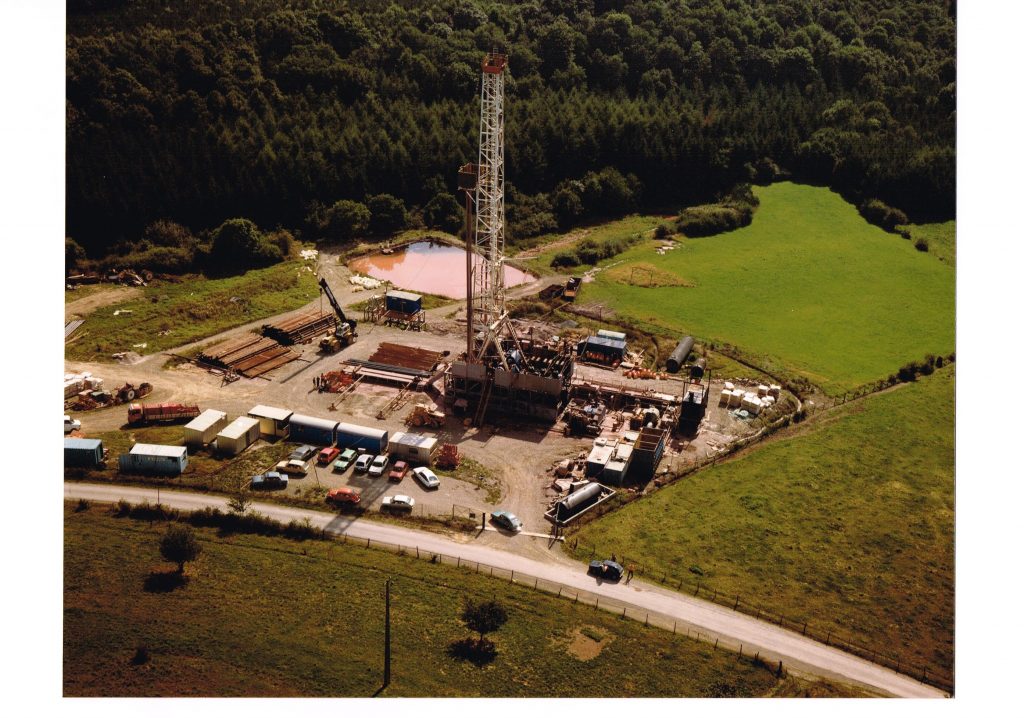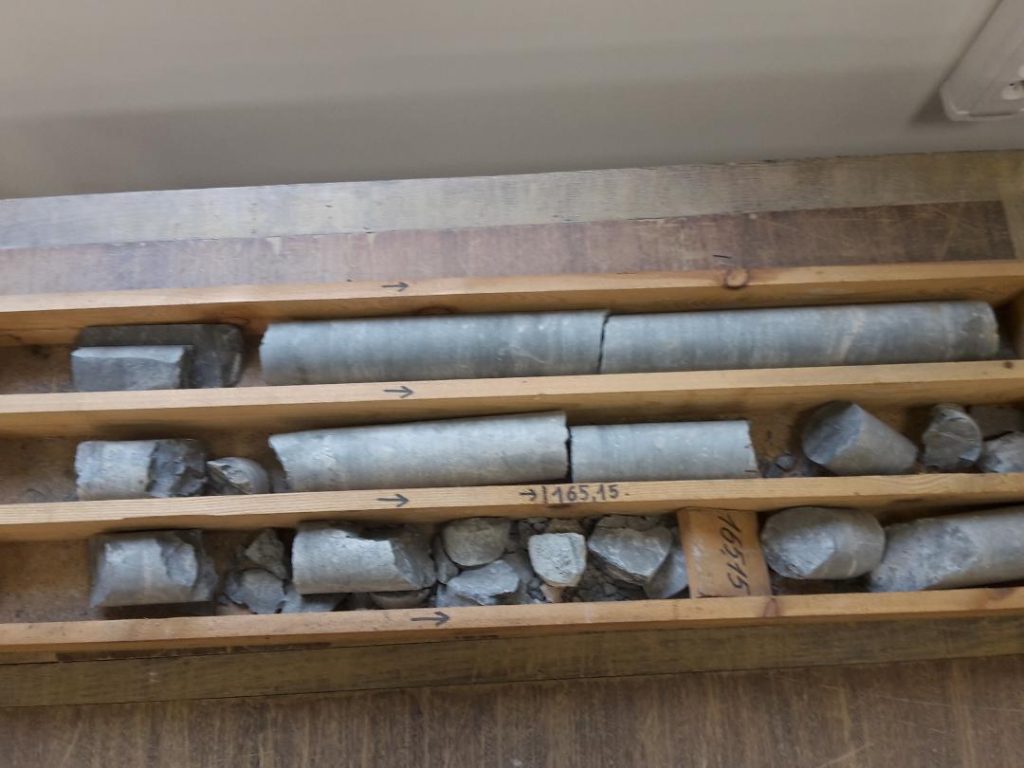Field Work


Lab Work

Modelling Work

Name: Havelange
Location: Wallonia, Belgium
Project status: Adandonned exploration well
Owner: Geological Survey of Belgium
Operator: –
MEET Partner in contact with site: GSB
Key figures
Number of wells, drilling year: 1 well, 1980-1985
Year of comissionning:
Production temperature, flow rate: 126°C
Installed capacity (thermal ou electric power): –
Capacity in term of housing unit equivalent and CO2 avoided: to be determined during project
The Havelange borehole was drilled between 1980 and 1985 as a exploration well for natural gas. This well reached a depth of 5648 m and represents a rare example of detailed deep exploration of meta-sediment formations.
The Havelange demo-site aims to evaluate the geothermal potential of meta-sedimentary formations of the Variscan orogenic belt unaffected by a later extension mechanism.

Aerial view of Havelange demo-site during drilling operations (courtesy: V. Stenmans)
To know more
Graulich, J.-M., Leclercq, V., Hance, L. (1989). Le sondage d’Havelange – Principales données et aspects techniques. Memoirs of the Geological Survey of Belgium 26, 65p. – Halleux, L. (1980). Observations géologiques dans la région de Ferrières. Ann. Soc. Geol. Belg 103, pp. 35-42. – Graulich, J.-M. (1982) – Le sondage d’Havelange (Champs du Bois) – De boring van Havelange (Champs du Bois), Ann. Mines de Belgique, 6/1982, pp. 545-561.
The Havelange borehole was drilled within the central part of the Dinant Synclinorium, which is a regional unit of the Rhenohercynian fold-and-thrust belt in Belgium. This borehole explored the sedimentary formations from the Upper- to Lower-Devonian and probably cut the main décollement level underlying the Ardenne Allochthonous.

Quartzite cores from the Havelange borehole (GSB-collection)
The Havelange demo-site is located in a rural environment. The energy valorization options are therefore constrained to specific heat demands to be developed or to target electricity production. This last option should benefit from synergies with other energy sources such as locally-produced biomass cogeneration.

Landscape view from the Havelange demo-site
